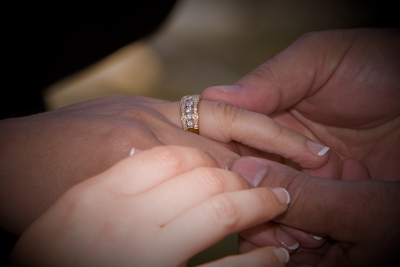Recently, I've rediscovered a book that 13 years ago I couldn't get pass the Preface. B-O-R-I-N-G!! The title of that book was "Drawing On The Right Side of The Brain" by Betty Edwards. I knew the book had some deep and profound theories, but at the time in my life I guess I just wasn't ready to receive them.
Now that I'm heavily involved in improving my drawing skills I have an insatiable appetite for finding the best resources out there to help me. While searching the Internet on "how to draw" I came across a site (About.com) that gave some good advice on two books for drawing. It so happened that Betty Edwards' book was at the top of the list. (How ironic). Since I couldn't find my own copy of the book I rushed to the public library and checked out a copy. Boy, am I glad I did. It is a "gem" of a book with some hidden insights on how to maximize the use of your R-mode brain skills. Now I'm seeing the world around me with a new set of eyes.
Taking just a little knowledge of what I've gained from reading the book I want to show you an instance where I put into practice one of the major theories of the book. It allowed me to come up with an incredible image. The 5 steps in Betty's book deal with: 1) Edges, 2) Spaces, 3) Relationships, 4) Light and shadows, and 5) Gestalt (the whole).
Check out the progression of images I took to come up with the final picture that captures the "wholeness" of this mundane scene. Can you guess which one of Betty's theories caught my attention first? The answer is at the conclusion of this post.
[Double-click images to enlarge viewing]
 This is the initial scene that caught my eye.
This is the initial scene that caught my eye.
 ...too much concrete.
...too much concrete.
 The horizontal format is kinda static, but it's interesting.
The horizontal format is kinda static, but it's interesting. By introducing the leading lines on
By introducing the leading lines on
the right, the image is shaping up. I think this image speaks of the gestalt of this subject,
I think this image speaks of the gestalt of this subject,
and the vertical composition adds to its statement.
Answer: When I happened upon this scene I was captivated by the lines (edges) of the pipe.









































































